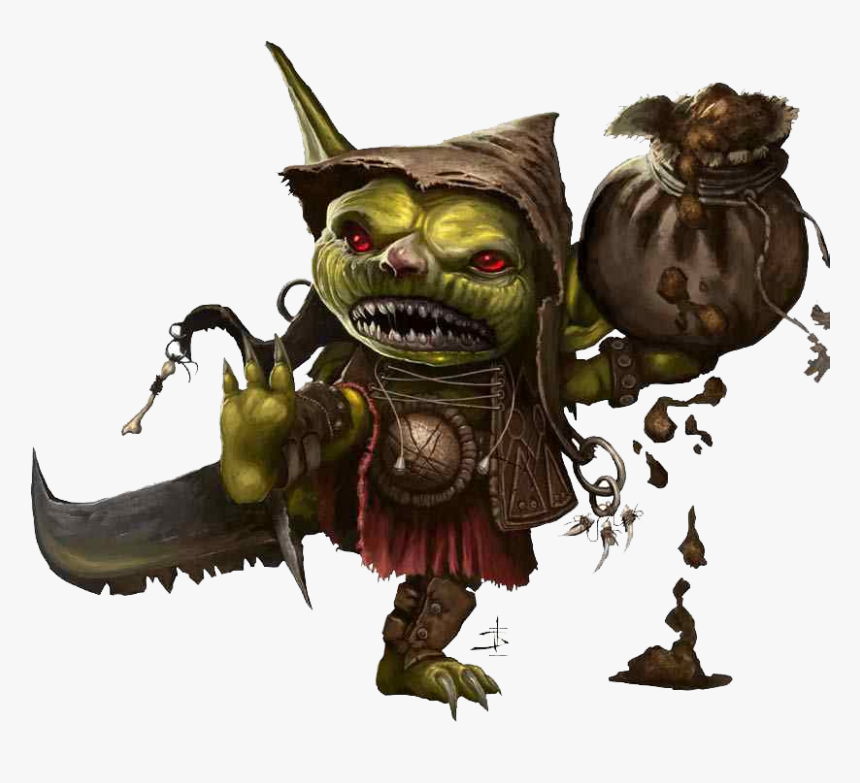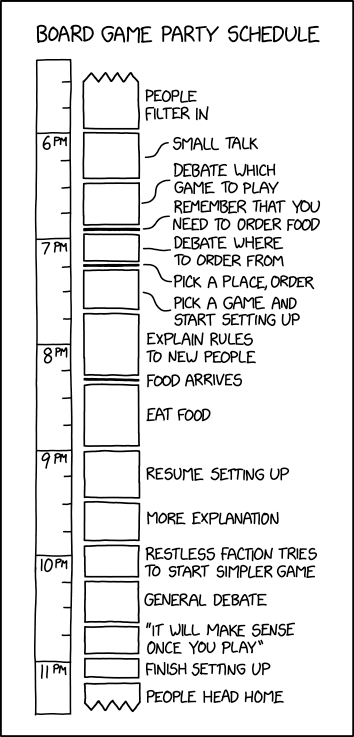Disclaimer
- In the interest of full disclosure I bought this with my own funds. Paid 6.99US$ in October 2019 for the PDF version of this adventure.
- Nobody is paying for this review. All of the opinions you see are my own.
- Nobody is approving or reading this post before it goes up.
- I have no relationship with any of the authors of this product.
This thing contains spoilers (duh..), so if you're sensitive to them, stop reading!
Enter the Magical Murder Mansion
Let's take a closer look at
Magical Murder Mansion, "A Challenging Funhouse Dungeon". Writing by Skerples, with fitting illustrations by Frenden, editing by Shane Liebling, and layout by David Shugars.
My take here serves as both a review of the module, and the broad impressions of running the adventure over the span of two different groups and 15 gaming sessions. With the first group we ran 3 sessions before the game fizzled out, using Knave. The second group (The Calaveras) however, managed to clear the mansion in a whopping 12 sessions, with lots of shenanigans and fun, using Macchiato Monsters. Despite their extreme caution and cleverness, yeah, MMM is rather unforgiving:
 |
our body count: 3 PCs and 6 retainers
|
Product Details Quality
The PDF comes with bookmarks, and is easy to print and annotate,
since it is completely black and white. This is a core strength of all of Skerples'
products, and one I greatly appreciate. Font is big and easy to read,
and there is plenty of space in the margins for my own notes and
scribbling.
Art
is a mix of Frenden's pieces, mostly monsters, and selected public
domain works. The cartoon-like quality of the former is fitting for such
a tonally light adventure. My only minor criticism is I would have
appreciated more of it! I get that art is expensive, but more dynamic
pieces, like the one on page 12, would've been a nice addition.
About the map. It's utilitarian and annotated. Most room names are self-explanatory. From the inferred reading I learned (assumed?) that a square = 10 ft, but a scale on the provided maps would have been welcomed. We get map snippets of the relevant section accompanying the room descriptions. Nice!
Skerples encourages us to read from cover to cover, and take copious notes. And thus that's what I did. Layout is clear and functional, monsters and magic items get some italics, and cross-referenced room numbers are bolded. But, I feel descriptions could get wordy, I would've appreciated key elements been bolded or underlined, to draw attention when skimming at the actual game. Or more generous bullet point use. Is this lack a decision to hand-force the referee read the module beforehand, perhaps?
 |
my mad method: traps in red, monsters in green marker, treasure underlined green, monster HD on margin, purple marker things to interact with
|
About the Adventure
This
is a funhouse dungeon, citing inspiration in classics like Tomb of Horrors, Tegel, or
White Plume Mountain. I've played the former, and ran the latter.
However, MMM does have a distinct feature separating it from those touchstones. It tries to make sense
and justify its bizarre attractions.
There is a two page introduction, covering important bases: what this is, who is it for, adventure hooks, and also important details like unorthodox ways to enter the dungeon (since it's a mansion, there are many!). I wish other adventures would take notes of a nice introduction like this one. One thing I'm missing is an overview of the treasure and magic items,
something I've complained about in the past, and where Necrotic Gnome took note. This is a minor quibble, and in fairness a ballpark to treasure in the dungeon is given, as well as assumed HP and damage levels for PCs. The introduction is well above most.
The adventure proper is a hefty undertaking for any group, falling into the
kilodungeon category in terms of size. 90 rooms of different sizes and content densities, and on the heavy side when it comes to interactivity.
Careful and finessed danger telegraphing is demanded from the referee in this one. There are enough deadly traps, levers to pull, fountains to drink from, and statues/memorabilia to interact with, where failing to do so can result in dangerous or fatal outcomes. This is a must in MMM, given the sheer amount of such content. Players hate if things are capricious and absolutely arbitrary. Luckily there is a primer on how to run traps in an OSR game at the end of the product (akin to something like
Quick Primer by Matt Finch).
But on the flip side there are plenty of chances for the players to learn how the mansion operates, and what Mr. Nibsley favors. Carpets should be carefully poked, lifted and inspected. Ghosts are best kept at a fair distance. Also, there are plenty of chances to turn deadly traps (and in general the mansion) against its own denizens.
It has enough absurd goodies in terms of magic items, laser guns, an accelerator, etc. to make it tougher to integrate into an existing campaign or running game, in case your players walk out with such treasure. There is good design here, several of the most bizarre and explosive curios are in the upper level. An option would be to replace that level with just room 90, also shortening the adventure after getting the four keys.
Our Run
Here I for the most part focus on the group that did the complete run, using Macchiato Monsters.
As mentioned above, we ran for 12 gaming sessions. Players were ultimately successful (sans the overgrown graveyard), and secured the ultimate spellbook objective of MMM. For our slowness I blame both me and my players for taking our sweet sweet time to explore every corner of the MMM. They really left almost no room explored and interacted with. Also, our sessions are on the short side, I would say between 2-2.5 hours of actual game time.
 |
screenshot from Roll20; few rooms were left untouched
|
A lot happened in our run. So for brevity's sake I'll condense some highlights here (in no order):
- A sneaky doppelgänger infiltrated party, after the PCs returned to town for supplies leaving a dead retainer behind in the mansion. She's alive! (yeah...). We later had both the false retainer and a PC killed by reading a false tome with explosive runes. Self immolation; first and only TPK.
- After blowing the blue whistle, unaware of what it would unleash, they summoned a blue behemoth. Causing great havoc amongst the veggie-mites, enough to distract them and steal their key. A PC had to play a bit the toreador role, though.
- Sampling weapons of the futuristic armory (85: Weapon Alcove), one by one, to fend off against three not-so-hidden mimics. The rat-in-a-stick-shooting-laser-beams-through-eyes staff was a highlight for the players!
- They convinced a complacent kiln-fired-zombie-maid to take an acid shower.
- They used the
garbage disposal sphere of annihilation hole to get rid off probably the biggest threat of the dungeon, the Callowfex, by meticulous and slow herding. This is after a previous PC died in there by the doppelgänger (see first point) pulling the lever at a capricious moment.
- Deducing with careful note-taking, and thanks to careful reading of the 47: Record Room who the real Esmeralda is (19: Prison).
- Quickly skadoodling out of the mole dragon's den with a pissed off and rampaging mole by "sacrificing" Sophie the thief hireling. All of this with pissed-off teeth eating feys on their heels.
You probably can detect a pattern here. There were a lot of dangerous situations, and my players had great success in turning the mansion's traps against some of the most dangerous monsters. This emergent play is one of my favorite parts of the OSR, hands down.
There were also a good number of "nope" situations. Where the players hesitated, decided to circle back to another section of the mansion, etc. They suspected furniture or another room feature and immediately closed the door, didn't pull the lever, etc. This of course got penalized with more random encounters, draining HP, abilities and so on. Their choice. But we had enough of these instances where I do wonder if the dungeon was too "passive". Or setting a timer to the adventure would have worked better: the manor will self-destruct in two days, the local authorities will seize the contents themselves, etc.
To spice things up, and because I hoped to continue the game after MMM, I introduced a rival adventuring party. Against my expectations, the PCs ended up befriending them and joining forces to clear the upper workshop portion of the adventure.
Growing Points
A very few rooms could use some massaging. Nothing deal-breaking. Just careful reading and changing beforehand. For instance
- 47, Record Room: this meta game gimmick has the trouble of voiding the players of useful information. Latest visitors are not listed, and I feel that could have helped the referee (for instance Esmeralda Spugs in room 19). In the first game, the group felt deflated. In the second I added that and it was a success.
- 54, Art Gallery: there is a ton of information to hand out when describing this room and the paintings. The lack of doors to nearby rooms didn't help us resolve it.
Non-talking monsters. There are perhaps too many, clearly outweighing those players can talk and negotiate with. My group had to deal with a considerable amount mimics, giant spiders and paper snakes. Perhaps granting a bigger role to the doppelgängers and the ghosts could have helped here? Making them proper factions? Not sure.
Also, the aforementioned point of bolding or underlining of important room keywords to make the descriptions easier to parse during play is another quibble of mine.
---
Conclusion
This concludes the review.
The adventure has a clear goal in what space it's trying to fill, and it delivers in spades. Increased verisimilitude compared to other funhouse dungeons was something I liked and worked well, and the main adventure structure (with the 4 keys) was well received by my players. Deadly traps and situations are not too capricious or random; clever players will be rewarded. The whole adventure evokes a Saturday morning cartoon feel.
Plugging MMM into an existing campaign is likely tough and not advisable (too many crippling traps, or wonky magic items). We didn't do it. Rather, it should be used as a singular affair for experienced players seeking some challenge. Removing the second floor and placing the spellbook directly after the 4 keys could make it a shorter run, perhaps for a single sitting? This is pure speculation on my part.
The PDF version is more than enough, ideal for print & play, there's really no need for a physical version. Price to content ratio is a steal, and it belongs to any OSR collection as a masterclass in the space it's trying to fill: funhouse dungeons. Very much recommended.















